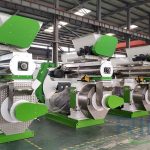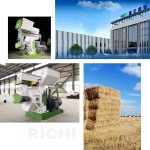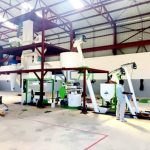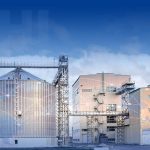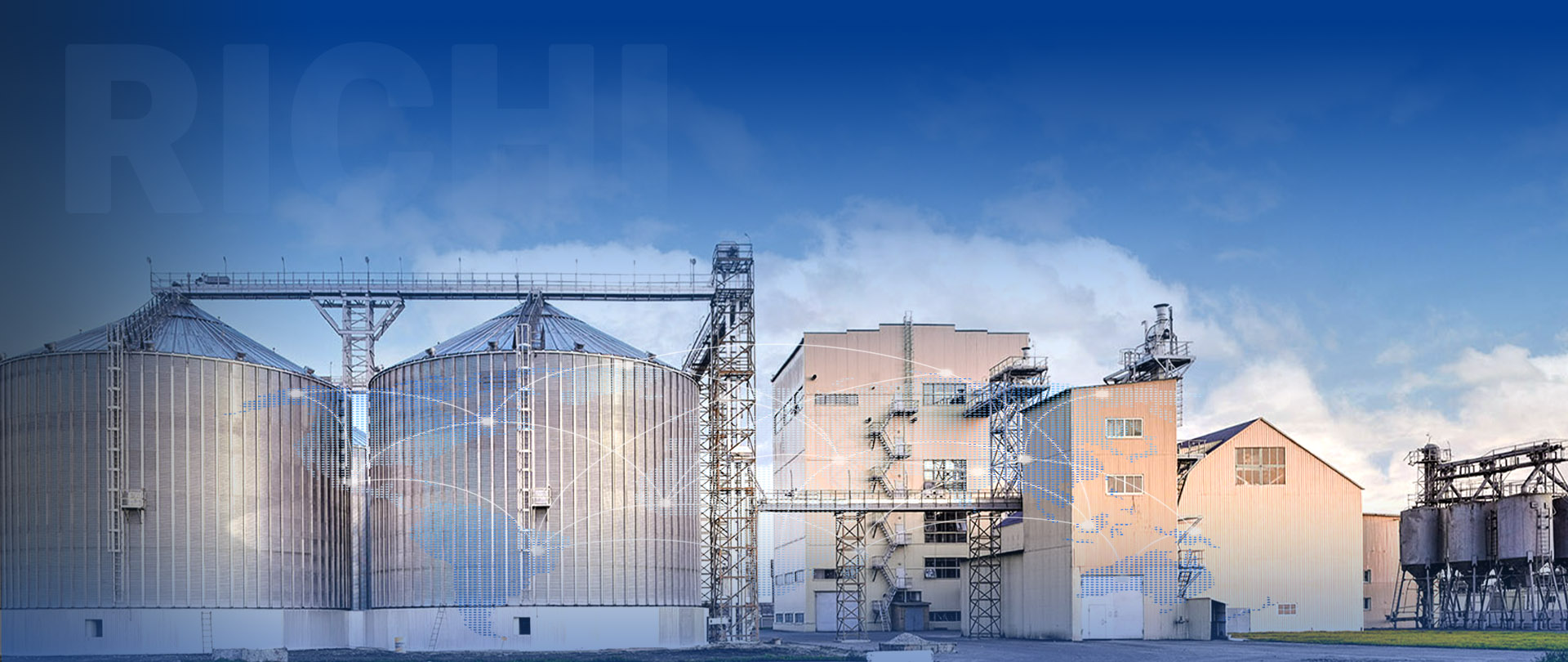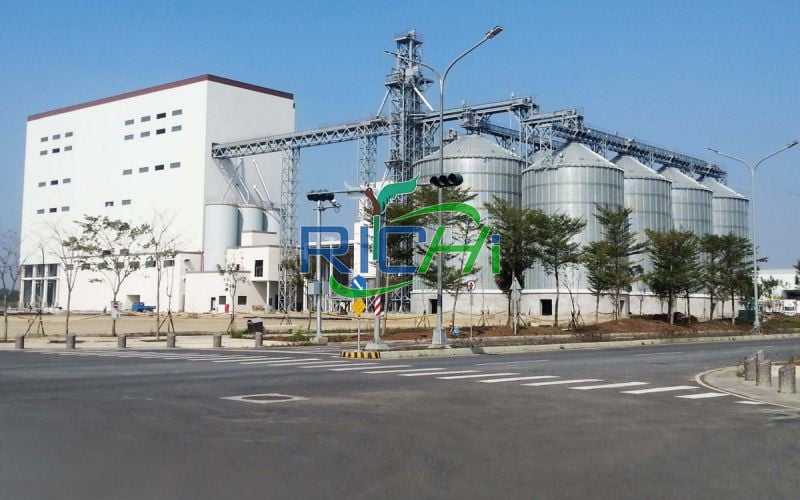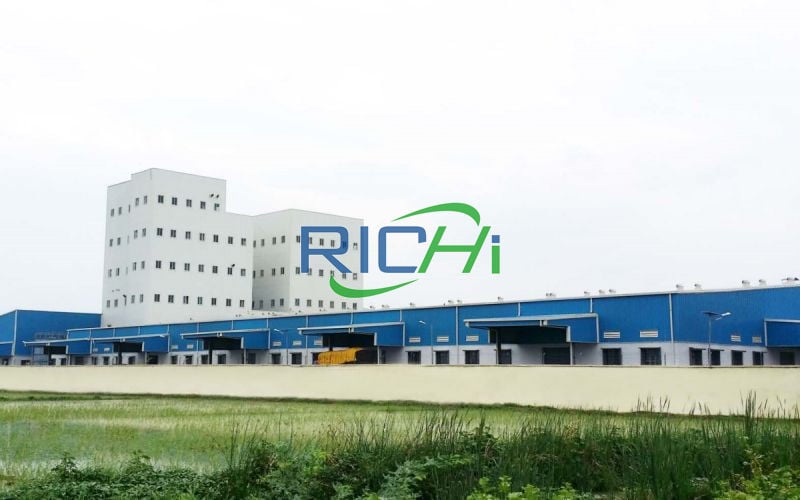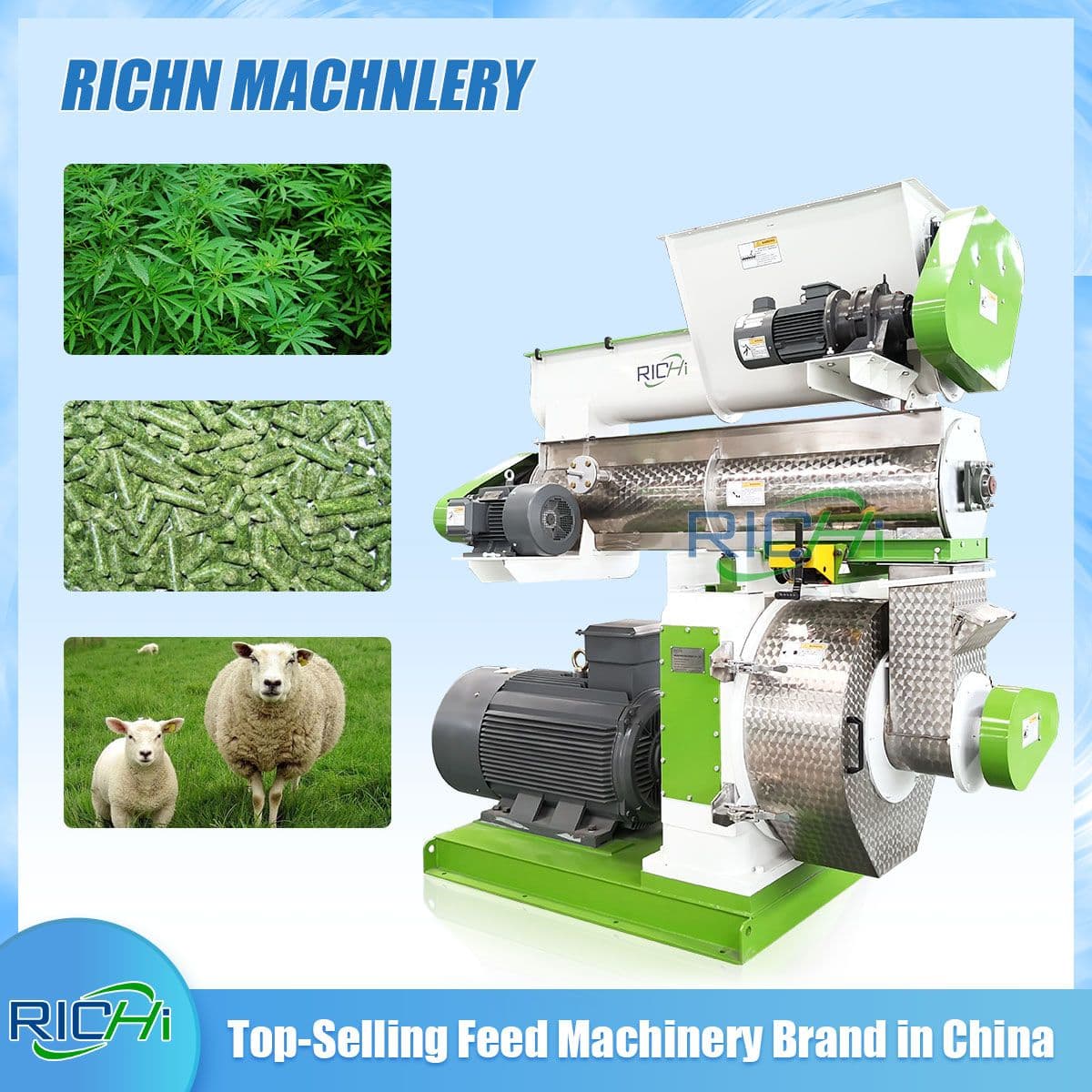Animal pellet production is critical to the agricultural feed industry, enhancing feed efficiency and quality for a variety of livestock. This sophisticated process involves converting powdered animal feed into compact pellets, which are easier to handle, store, and consume by livestock.
The pelletization process not only ensures the homogeneity of nutrients in each pellet but also improves the palatability and digestibility of the feed.
Detailed Overview of Animal Pellet Production Line Components
A standard animal pellet production line encompasses several intricate components, each engineered to perform specific tasks efficiently:
- Feedstock Handling and Preparation: This initial phase involves sorting, cleaning, and conditioning of raw materials (grains, protein sources, and minerals). Equipment used includes feed grinders to mill the ingredients into a fine powder, mixers for combining them uniformly, and steam conditioners that pre-cook the mix to start gelatinization.
- Pelletizing Equipment: The heart of the line, the pellet mill, is critical for shaping the homogenized feed mix into dense, uniform pellets. Key elements of the pellet mill include:
- Die and Roller Mechanism: The die is a metal plate with multiple pellet-sized holes through which material is extruded by rollers that press the mix through, forming pellets.
- Knife Cutter: As pellets are extruded from the die, a rotary knife cuts them to the desired length.
- Motor Specifications: High-torque motors suited to the volume and type of feed being processed, ensuring consistent operation under industrial loads.
- Cooling and Separation Systems: Post-extrusion, pellets are hot and soft. Cooling systems help in hardening the pellets, stabilizing their shape, and reducing moisture content. Pellet coolers often use a counterflow method where cool air passes through the warm pellets, absorbing heat and moisture.
- Packaging and Storage: The final phase involves weighing, bagging, and storing the pellets in a manner that preserves their quality until they reach the end consumer. Automated packing lines and silos are commonly employed for these purposes.
Technological Advances in Pellet Production
Innovations in pellet production technology focus on enhancing the efficiency and sustainability of these systems:
- Automated Control Systems: Advanced PLC (Programmable Logic Controller) systems allow for precise control over every stage of the production process, from feed intake to pellet cooling and bagging.
- Energy Recovery Systems: These systems capture and reuse the heat generated during the pelletizing process, significantly reducing energy consumption and operational costs.

Economic Analysis of Animal Pellet Production
Setting up a pellet production line is capital intensive but offers substantial return on investment due to the high demand for quality animal feed. Key economic considerations include:
- Amortization of Equipment: Understanding the lifespan and maintenance costs of pelletizing equipment is vital for accurate financial planning.
- Operational Efficiency: Energy consumption and manpower can drastically affect the cost-per-ton of produced pellets.
Case Study: RICHI Machinery Implementation
A practical example of these principles can be seen in a case involving RICHI Machinery’s pellet production line installed at a mid-sized cattle feedlot. The feedlot faced challenges with feed dust, leading to waste and respiratory issues among the cattle. RICHI provided a customized pellet line solution that included:
- High-efficiency Pellet Mills: Specifically designed to handle the high-fiber content typical of cattle feed.
- Dust Extraction Systems: Integrated into the milling and mixing stages to reduce airborne particles.
The result was a 30% reduction in feed waste and an improvement in feed intake efficiency among the cattle, highlighting RICHI’s ability to tailor solutions to specific client needs.
Future Outlook and Industry Trends
The future of animal pellet production is likely to be shaped by sustainability demands, requiring further advancements in energy efficiency and waste reduction. Emerging technologies such as IoT (Internet of Things) for real-time monitoring and optimization of pellet lines are set to play a significant role.
Conclusion
The technology behind animal pellet production lines is complex and evolving. As the industry moves forward, companies like RICHI Machinery are at the forefront, driving innovation that meets both the economic and environmental demands of modern agriculture.
References and Further Reading
For more detailed technical specifications and operational guidelines, readers are encouraged to consult specific engineering texts and RICHI Machinery’s technical publications.


